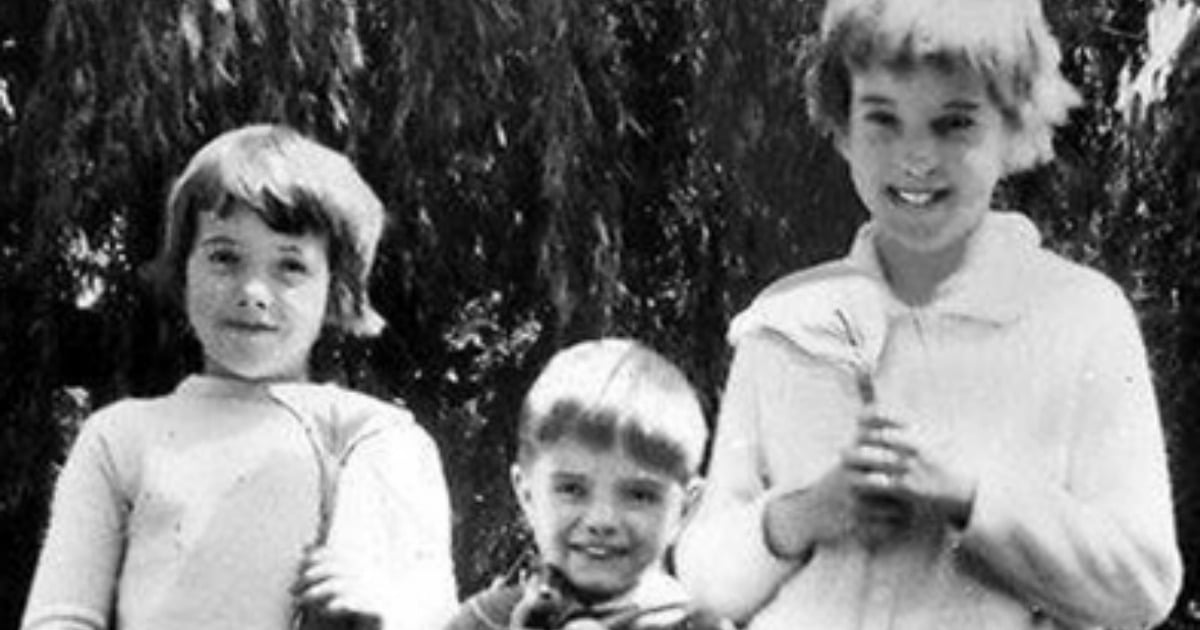Could a child’s diary from the 1960s hold the key to finally solving one of Australia’s most baffling mysteries?
It was a hot summer’s day in 1966 when the three Beaumont children vanished.
At 10am on January 26, nine-year-old Jane, six-year-old Arnna and four-year Grant said goodbye to their mother Nancy. They left their home in the Adelaide suburb of Somerton Park to catch a bus to Glenelg beach. It was a five-minute bus trip.

It wasn’t unusual for the children to go out on their own. Jane was considered a responsible child, and the three of them had been to the beach together the day before.




Top Comments
If Munro is the blond guy with the speer in the pictures, has anyone investigated his involvement in the Wanda Beach Murders? There is mention of a blond boy with a speer.
I will always remember being at Glenelg Beach the night those children disappeared. Coincidently, my siblings and I were the same age as the Beaumont Children and our mother would never have let us catch the bus to the beach by ourselves - even in 1966.